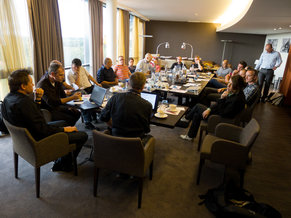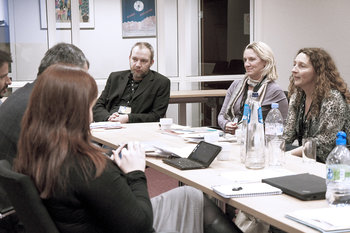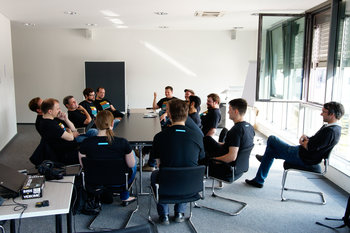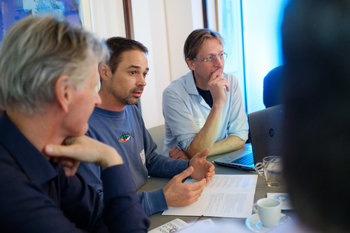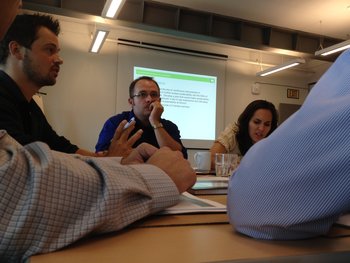
Assign a risk owner for each risk who is accountable for risk management. | Capture decision rationales for project decisions. |
Carefully list what is out of scope. | Clearly define objectives. |
Communicate schedule risks early and often. | Communicate verbally with stakeholders. |
Conduct regular status meetings. | Continue to identify risks throughout a project, not just at the start. |
Cultivate a positive team culture and resolve things if cooperation starts to turn negative. | Define how project will be transitioned to operations early and in detail. |
Define project success criteria in the project charter. | Develop a detailed project schedule. |
Develop a project communication plan. | Document assumptions and constraints in project charter. |
Engage key stakeholders early and often. | Escalate low sponsor engagement. |
Establish a project governance board. | Establish clear roles. |
Establish project performance metrics from the start. | Follow a rigorous project management methodology. |
Get sign-off and create transparency for decisions to go overbudget. | Identify and manage project dependencies. |
Identify budget overruns early. | Include a buffer in project estimates. |
Manage low stakeholder engagement. | Monitor progress closely. |
Monitor project scope creep. | Obtain formal sign-off for project decisions. |
Obtain sign-off for risk acceptance. | Perform regular project reviews. |
Practice greater due diligence in evaluating change requests. | Prioritize tasks to level workload. |
Push back on unjustified assumptions at every stage of a project. | Quickly manage low performance. |
Set clear deliverable requirements and quality expectations. | Set clear performance expectations for team members. |
Set realistic goals. | Use formal communications to set stakeholder expectations. |
Validate and peer review architecture and design documents. | Validate project estimates. |
Work more closely and positively with vendors. | Work more closely with the business. |
Summary
Lessons learned is a continuous improvement activity that is built into processes such as project management methodologies. This involves reflection on an initiative in order to identity possible best practices and areas for improvement.


